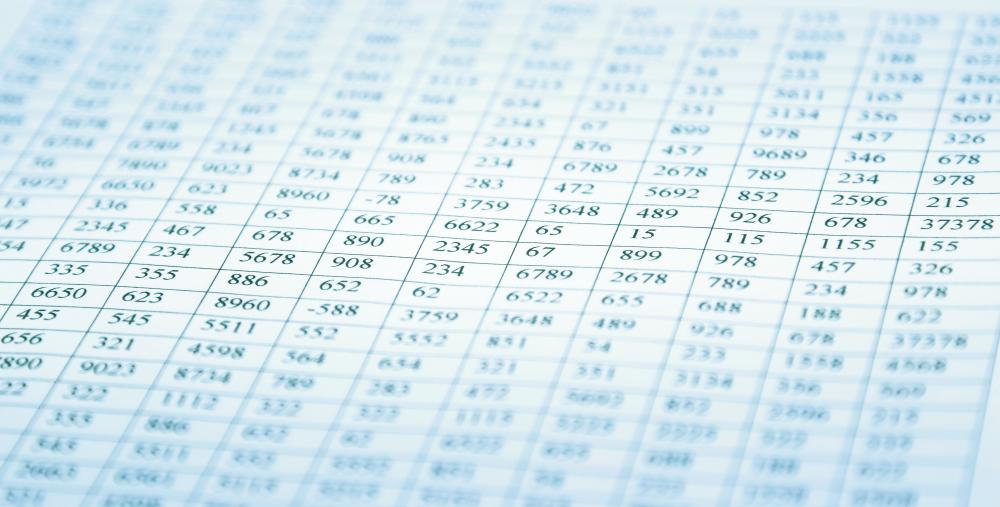At WiseGEEK, we're committed to delivering accurate, trustworthy information. Our expert-authored content is rigorously fact-checked and sourced from credible authorities. Discover how we uphold the highest standards in providing you with reliable knowledge.
What Is Absolute Frequency?
Absolute frequency is a measurement of the total number of data units within a given class in a frequency distribution table. This, along with other measurements of frequency, can help quantify and explore the data to make it easier to understand. Researchers exploring the implications of data need information on the absolute frequency to demonstrate or disprove theories relating to that data, and may perform a number of mathematical calculations to discuss issues like significance and probability.
To determine absolute frequency, a set of complete data needs to be broken into a series of meaningful classes to render it useful. For example, a student conducting a pant size survey could break the data into classes by pant size. The absolute frequency is the number of people who report a particular pant size; if 19 people wear size eight pants, the absolute frequency for that class is 19. This information can be presented in a data table showing the number of people reporting in each class.

This is only one piece of the puzzle when looking at data. Knowing that 19 people in a survey wear size eight pants doesn't offer very much information without supplemental data, like the total sample size. The researcher may present information in the form of charts and graphs to show the frequency distribution for the population. This can help demonstrate the importance of the information. It can also highlight sampling and reporting errors.
In probability calculations, the researcher can determine the likelihood of repeating a given absolute frequency and overall frequency distribution. Researchers can also look for signs of issues like a suspicious spike in distribution, or a distribution that is too even to be entirely random. This information can assist with discussions about the validity of the findings. The context of the sample also needs to be considered; in an advanced yoga class, for example, one might expect the frequency distribution of a pants size sample to skew toward the lower end of the scale.
Statisticians can provide examples of raw data to contextualize their discussions of the data and its meaning. The frequency distribution table is a very fast and easy way to provide raw information that other people can easily analyze and interpret. The statistician may draw particular attention to an unusual or unexpected absolute frequency value, as this information could have important ramifications for the overall data in the table.
AS FEATURED ON:
AS FEATURED ON:











Discuss this Article
Post your comments